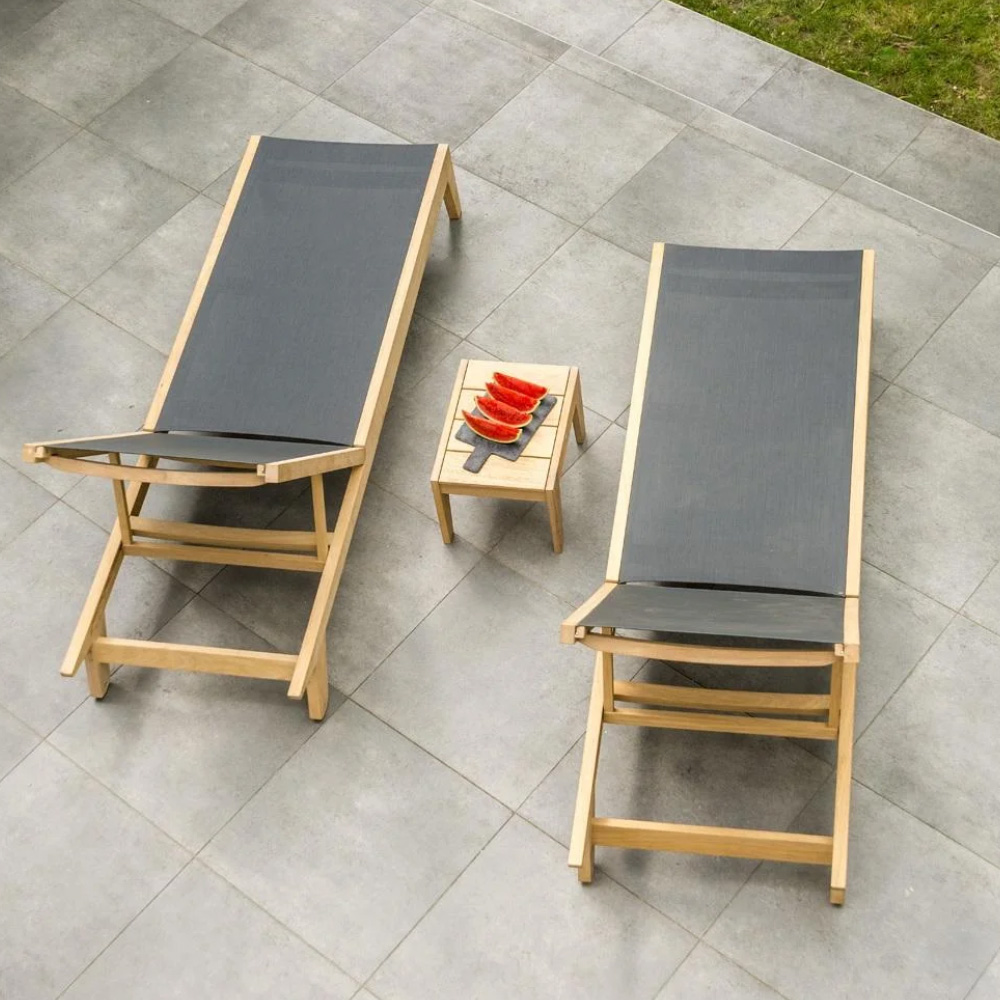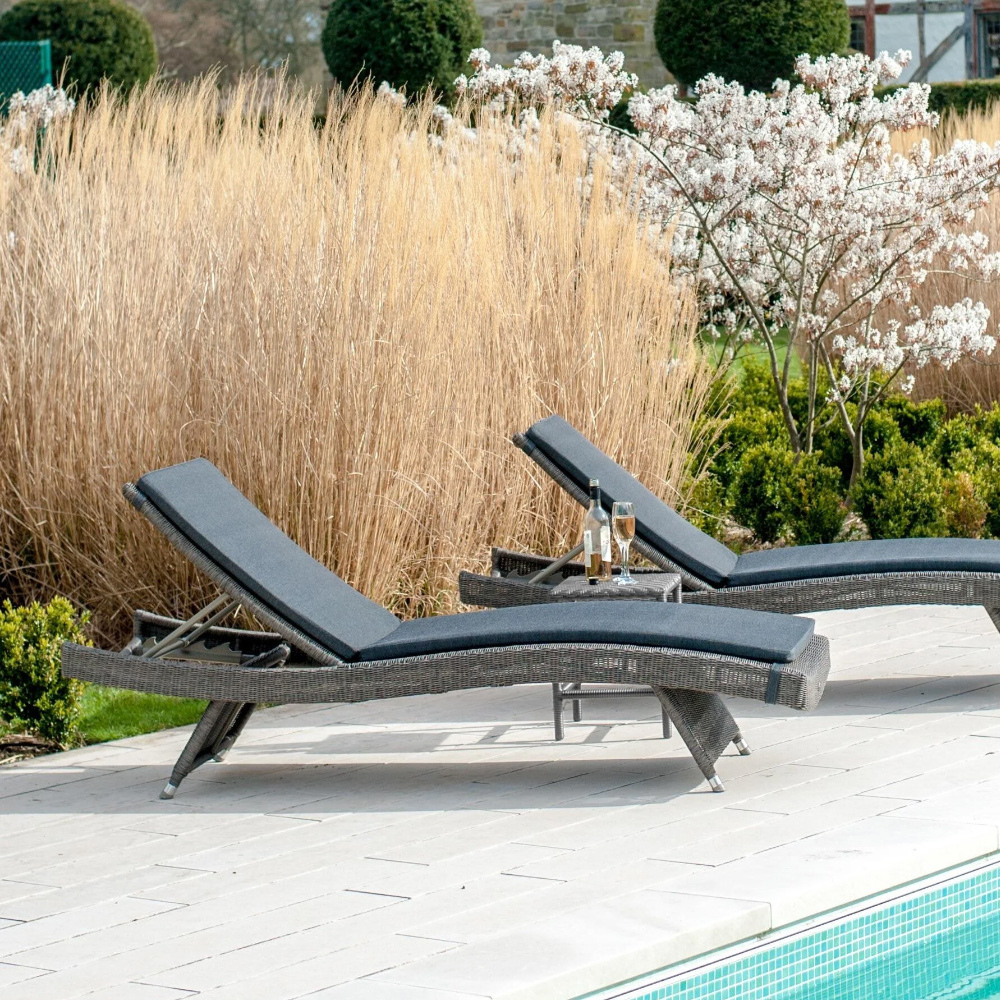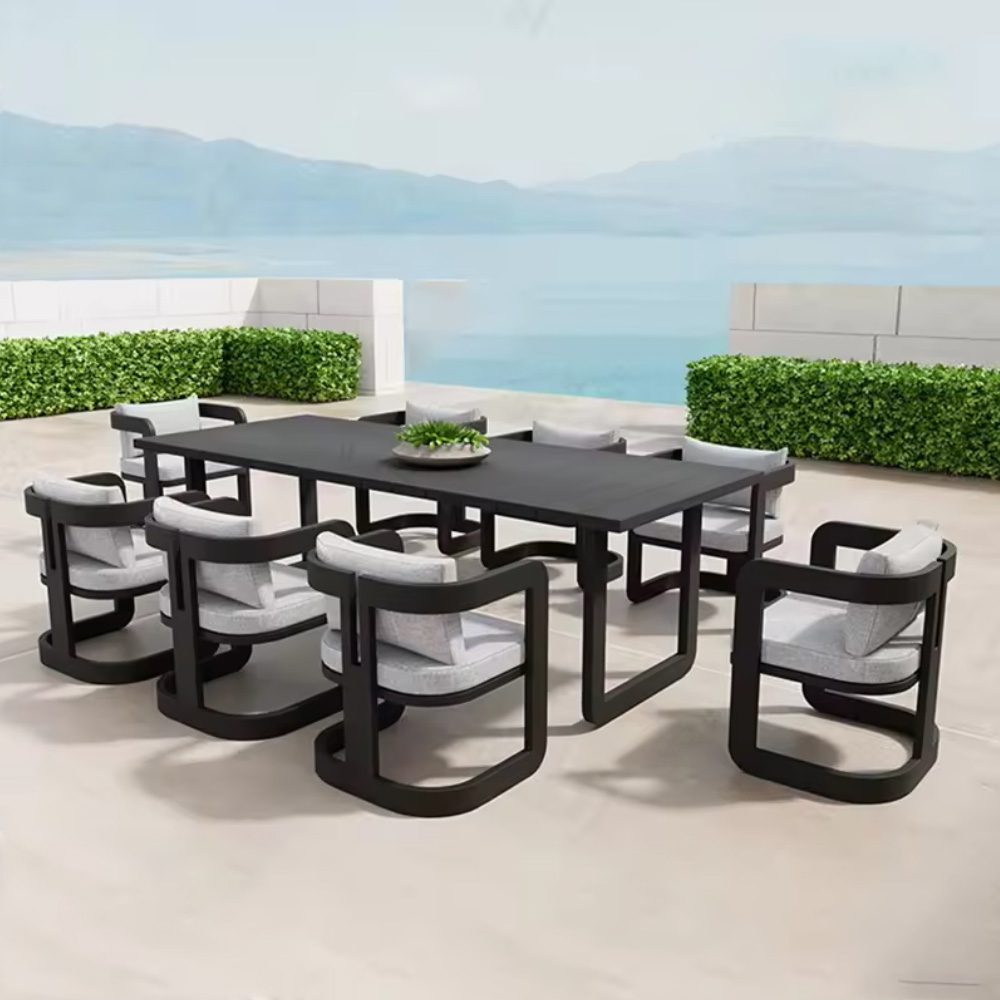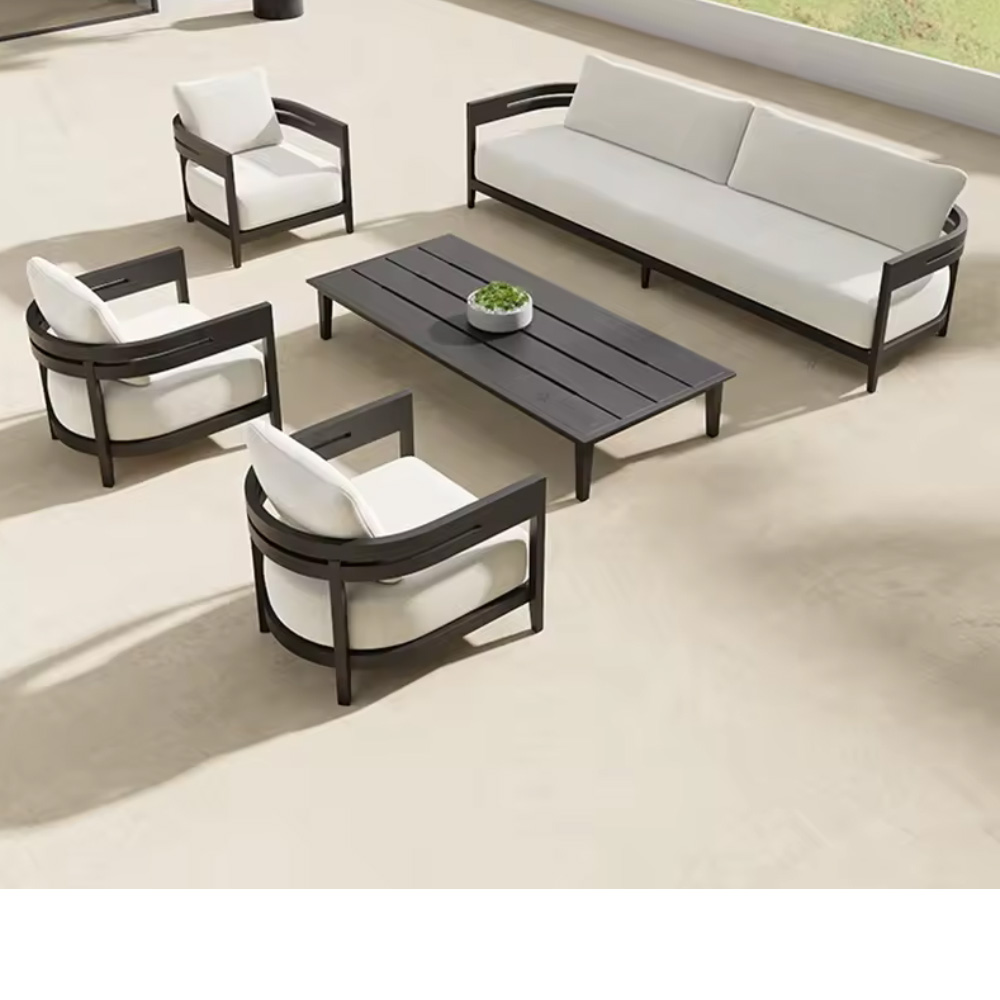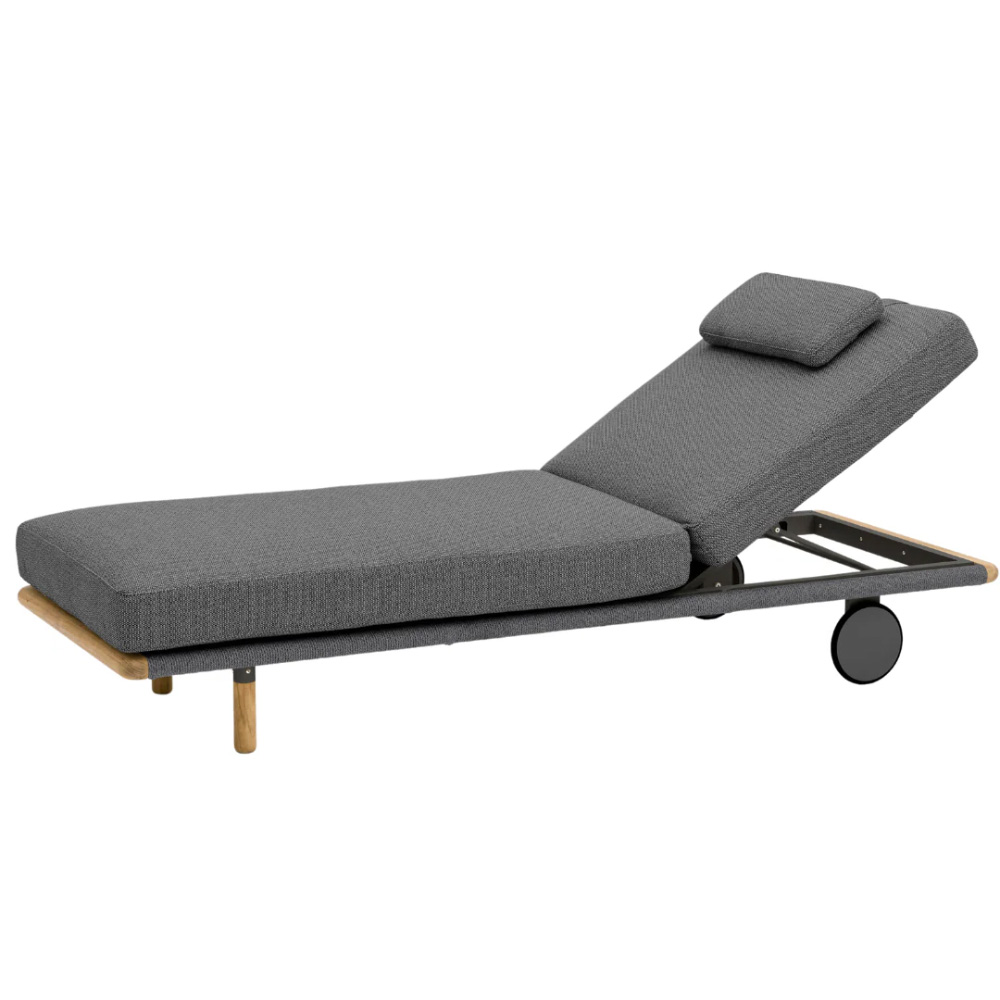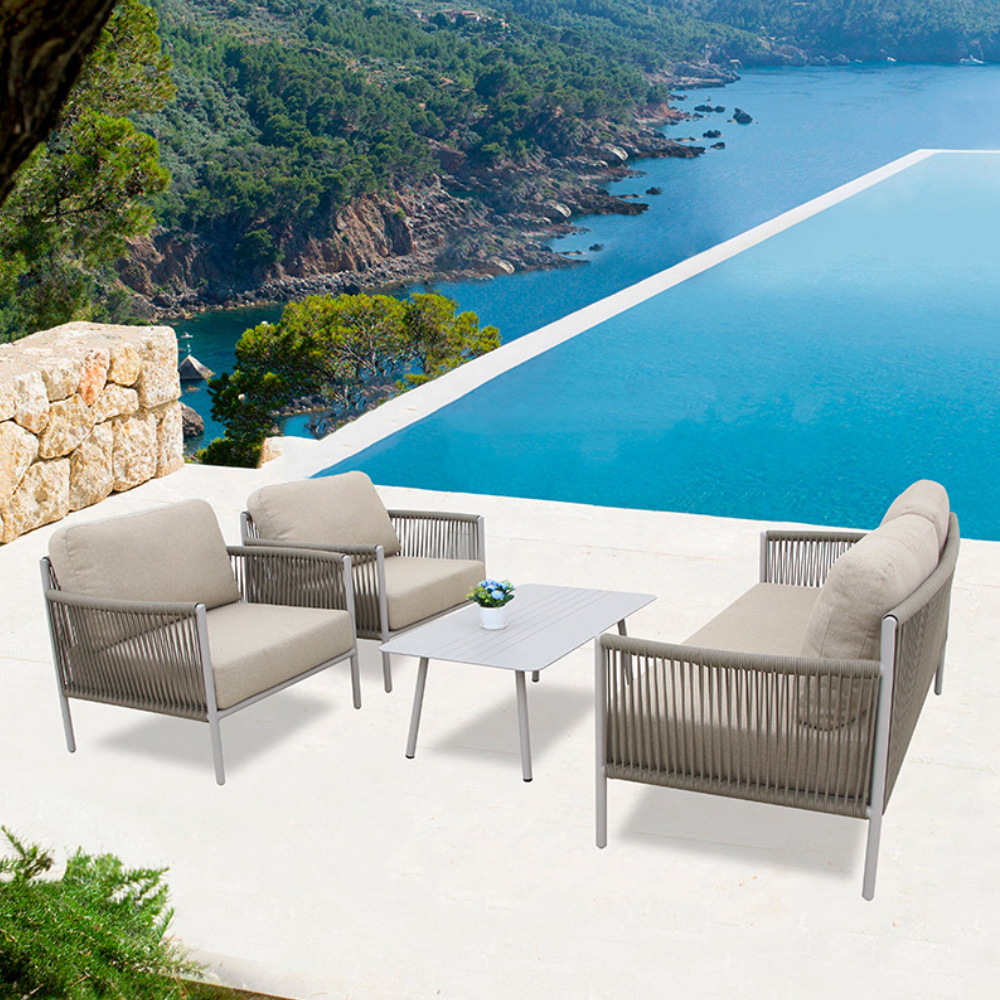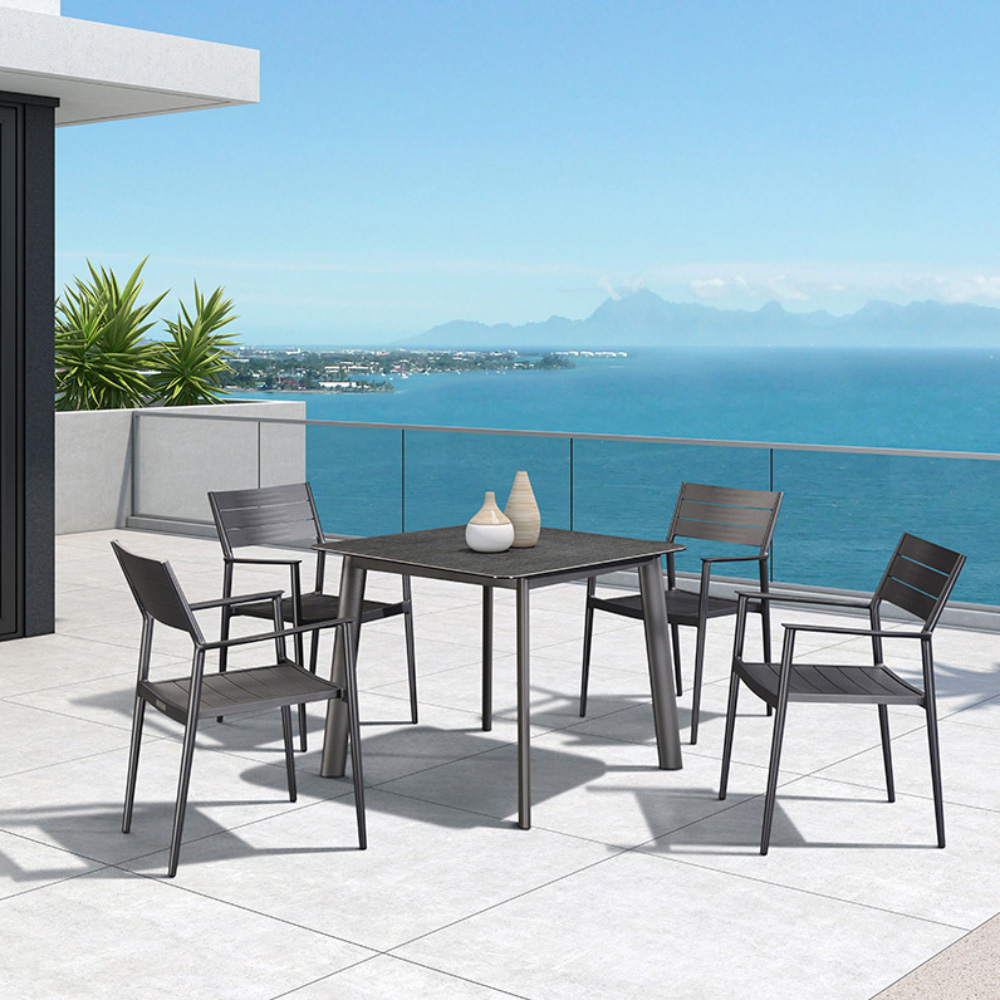
Discover durable, stylish outdoor furniture ideas and tips to create a comfortable patio, garden, or backyard space with practical design inspiration
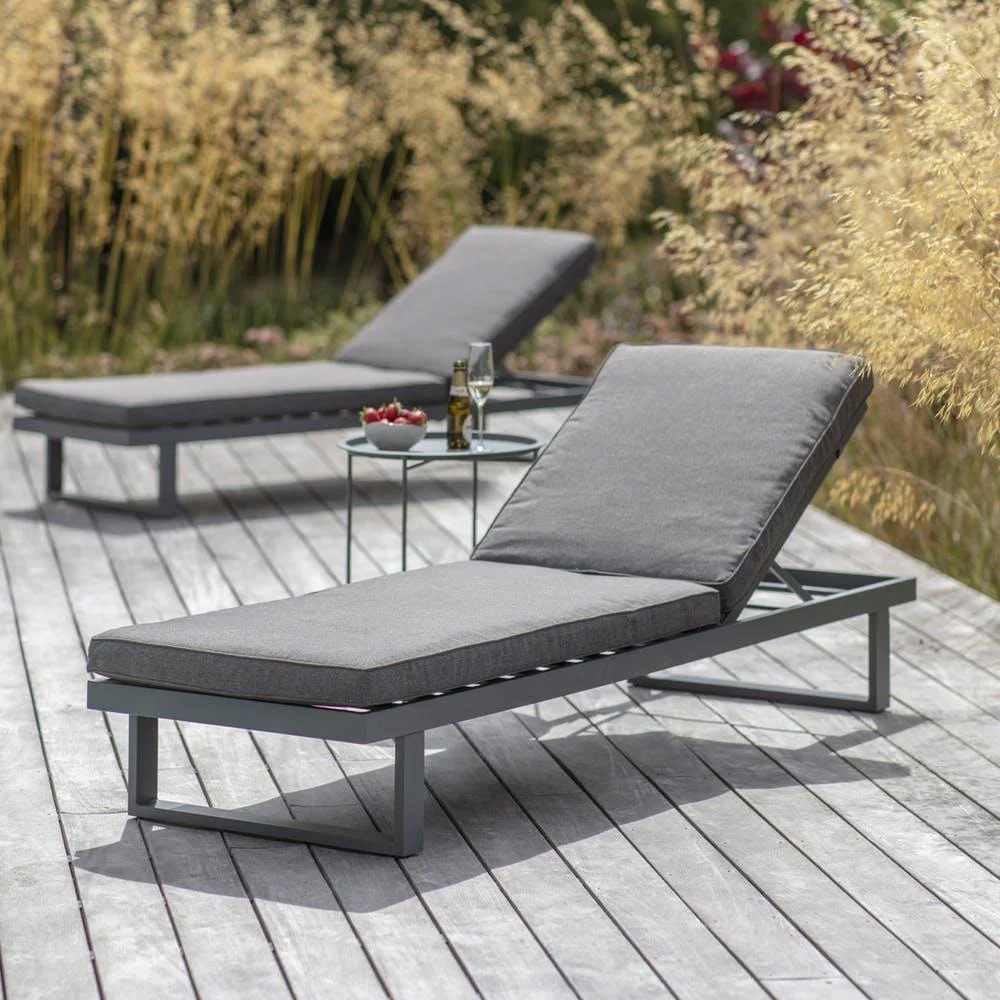
Best Materials for Sun Loungers Style and Durability
Are you searching for the best material for sun loungers to transform your outdoor lounge, patio, or poolside into a haven of comfort and style?
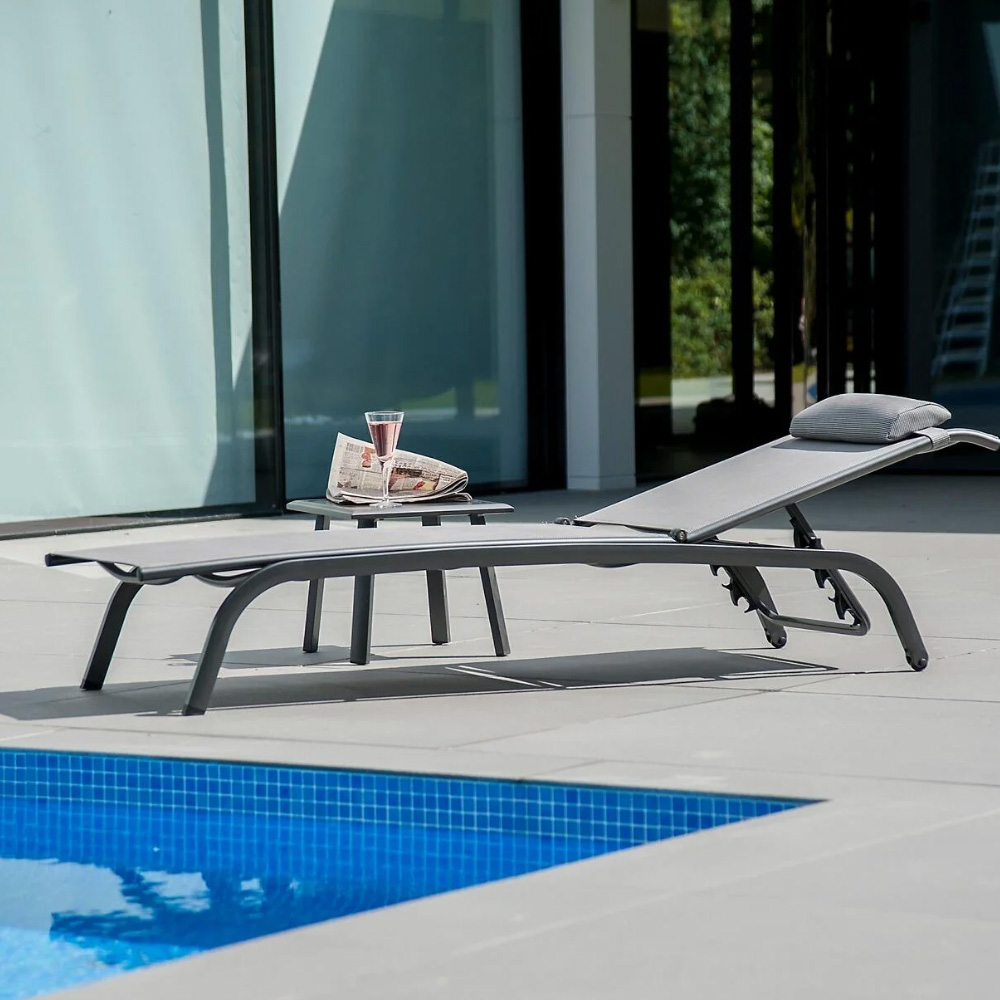
Tips to Make Sun Loungers Extra Comfortable
When it comes to sun loungers, comfort is key. Whether you’re soaking up the sun, reading a book, or simply enjoying the fresh air.

Why Sun Loungers Cost So Much?
Sun loungers are a staple of any inviting outdoor space, whether you’re relaxing by the pool, soaking up the sun in your garden, or creating a patio retreat.

